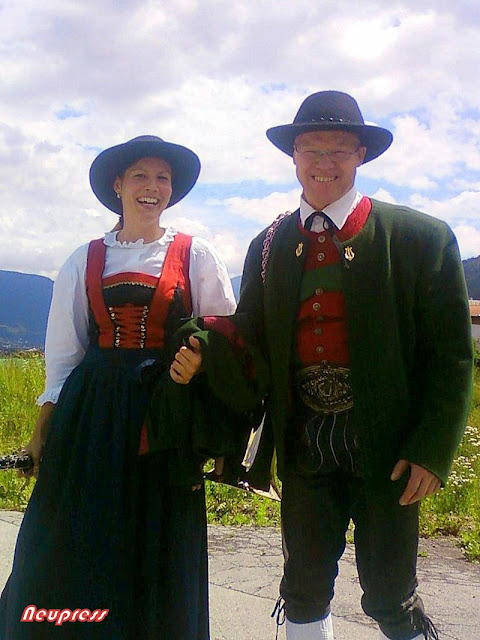Here's Hurricane Sandy making it's way up the Atlantic Coast and making landfall in New Jersey and New York. It's an eerie film to watch.
At first you can follow the movement of the fronts by following the ordered movements of the clouds. After a bit you realize that some of the important fronts are invisible. Large fields of clouds just suddenly pop into existence, something which looks even weirder with time lapse photography. It's as if Zeus or Loki were stirring up a froth, adding ingredients as they work.
While we're on the subject of hurricanes, here's some that might be going on right now on Saturn. This (above) is a view of the Great Vortex that lies at the center of Saturn's North Pole. This whirlpool allows us to peek underneath the hazy upper clouds and see what goes on beneath and, mystery of mysteries, what's under there is lots of Earth-type pinwheel hurricanes. Some of them are the same size as the largest hurricanes that you find here.
I'll add that this vortex is in the center of large, concentric, hexagonal clouds (not seen above) which have yet to be explained.
Odd geometries aren't unique to Saturn. Here's (above) something called "The Red Square Nebula." The square shape has nothing to do with reflections on a lens...the nebula really is shaped that way. But why?
Here's a rarity: something called a polar ring galaxy. It's dominated by a large horizontal disk that has apparently absorbed a smaller vertical galaxy that we see in the middle.
Here's (above) a moon in a close orbit of Saturn, but I can't remember which moon.
Saturn's moons continue to amaze. This (above) is Methone, which appears to be smooth and egg-shaped. How is that possible? Even the Earth has craters. One scientist speculates that the moon is completely covered with tiny pebbles that cover up the surface features.
A planet has been discovered in orbit around binary star Alpha Centauri B, the closest star to Earth. The planet has a mass similar to Earth's, but is much too close to it's sun to sustain life as we know it.
Most of the planets we've discovered are very close to their suns. I used to think these types of worlds appeared in large numbers only because they were easiest kind to detect, but recent TV documentaries claim that no, that's the way those solar systems really are. Most planets hug their suns. Our own system isn't typical at all.
Here's the Space Shuttle "Endeavor" being flown low over the streets of L.A. It's on it's way to it's final resting place in a hanger at The California Science Museum.
I saw this! Mike and I were pulling into the parking lot at Disney's when half the studio spilled outside in the direction of our car. For a moment we felt like real celebrities but, alas, they weren't there for us. A few minutes later the Shuttle appeared close overhead, accompanied by jets that looked like something out of Star Wars.














































